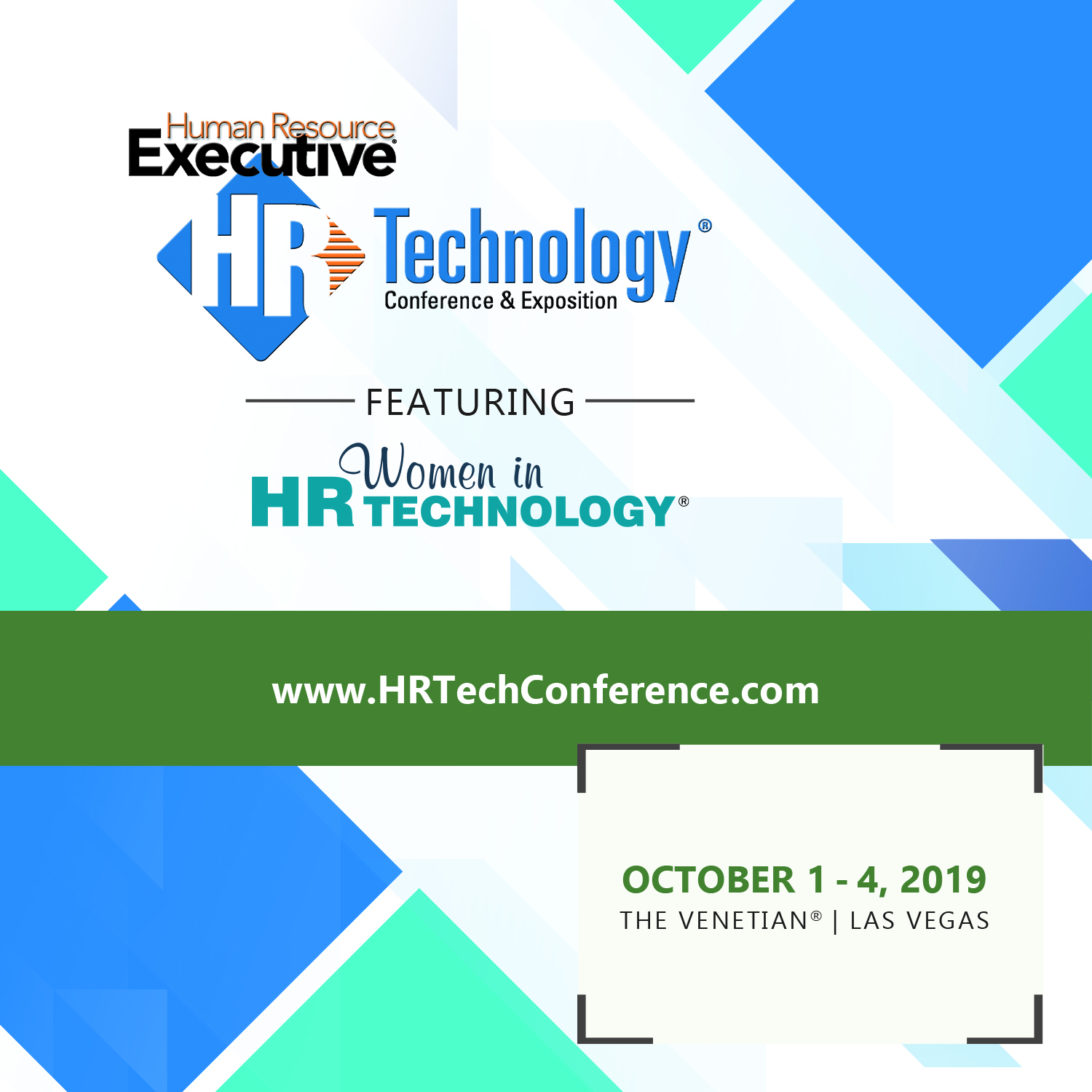Manager Tracking
In case you missed it, we had a really fun, interesting, and dare I say engaging conversation last night on the very special 200th Episode of the HR Happy Hour Show and Podcast. You can catch the replay of the show here, or download to iTunes or your favorite podcast app - just search for 'HR Happy Hour'.
The show, titled 'The Final Conversation on Employee Engagement?', had many highlights, (and was lots of fun too), but for me probably the one nugget that resonated the most was when Mike VanDervort shared how at a former employer, a large retail organization, HR and leadership realized that understanding how managers physically walked around the stores, in what speed and direction, and with whom they talked with and for how long, was a key to better understanding employee engagement. I don't want to put words into Mike's mouth, check out the replay of the show to hear his full comments, but to me this kind of insight while obvious on one level (management by walking around has been a thing for ages), is probably more valuable now than before due to the tremendous advance in wearable technologies, GPS-like tracking (even indoors), and our better ability to collect, analyze, and interpret data.
Check out the pic below, (email and RSS subscribers may need to click through if the image does not render), it is an example of advanced visualization data on player movement from an NBA game.
![]()
The visualization above, of the movements of the 10 players on the court, the ball, and relative to the 24-second shot clock, provides both coaches and the players themselves insights into their performance on this play, and can help them make adjustments for future games, understand how player movements are coordinated with each other, understand where and how the movement of the ball impacts player positioning, and finally, use a data-driven approach to evaluating individual performance. This kind of deep dive into player movement is made possible by advanced video capture technology installed in NBA arenas, and powerful new software tools that can make sense of and display the massive data sets, in almost real-time.
Let's jump back to the retail store manager example then. Just as the NBA is embracing advanced tech that captures player movements in order to make better decisions and improve team and player performance, Mike's example of the store manager incorporates those same concepts. If store leadership had a better understanding of how the best store managers actually, physically moved around the store, and where and how they chose their interactions, who they collaborated with, (the retail store version of sharing the ball in the NBA), they might be able to copy, or at least take the repeatable and transferable elements of successful manager interaction and movements to other, less successful stores and managers. With modern wearable technologies to track movements, record interactions, and supplemented by internal GPS or iBeacon tech, there is almost no reason why a large retail operation could not develop 'manager movement' maps similar to the one you see above from the NBA game.
Sure, the 'manager' map would move a little slower, and may not be as compelling a view, but the insights it could give to improve manager performance, (and then increase employee engagement, which is the context we were discussing on the Happy Hour Show), is I think quite attainable.
Already retail operations are experimenting with tracking technologies that locate, identify, and then target shoppers with custom ads and offers based on where they are in the store, their past shopping history, and what the retailer thinks will help convert a sale. I can definitely see a time when similar technology is brought to the HR technology stack, and instead of pinging a customer to a sale in Aisle 7, that due to some signals about low stock on the shelves in a certain department, it will then alert a front-line manager to spend some additional time with the employees on the receiving dock.
It's cool, it is powerful, and I think it is coming...
Have a great weekend!

 Steve
Steve

